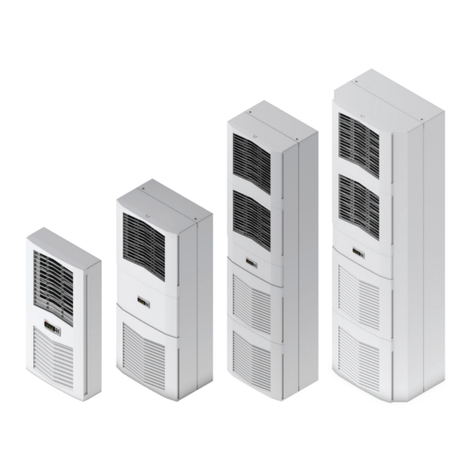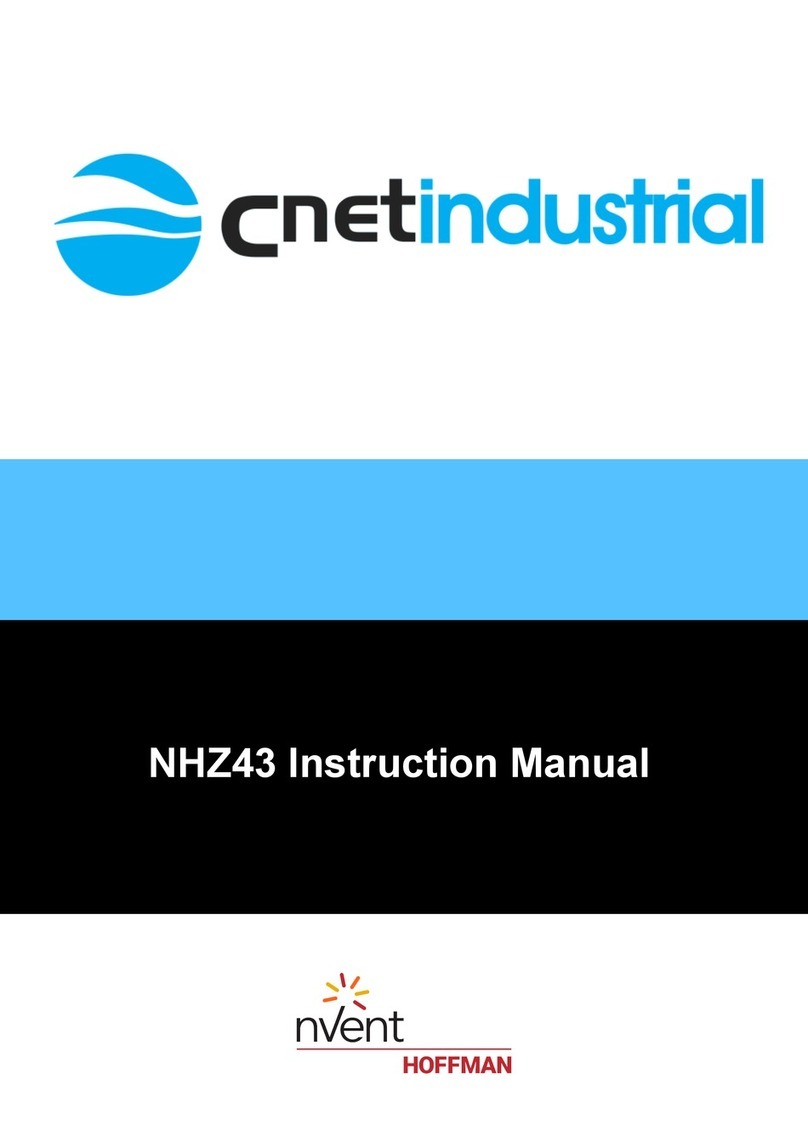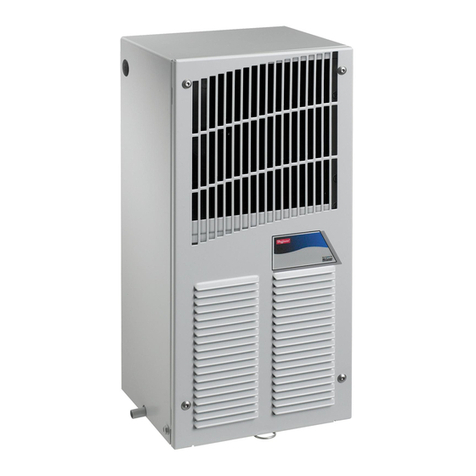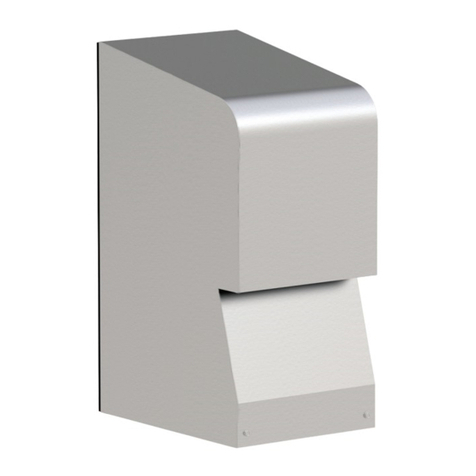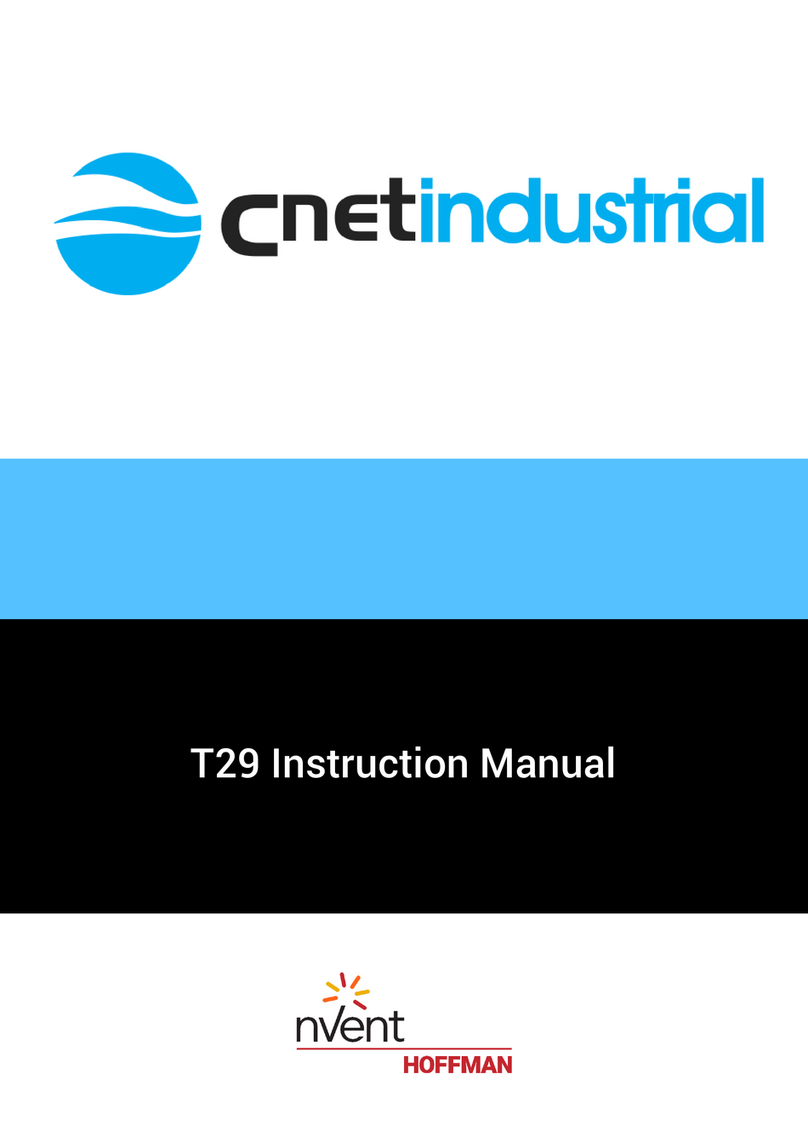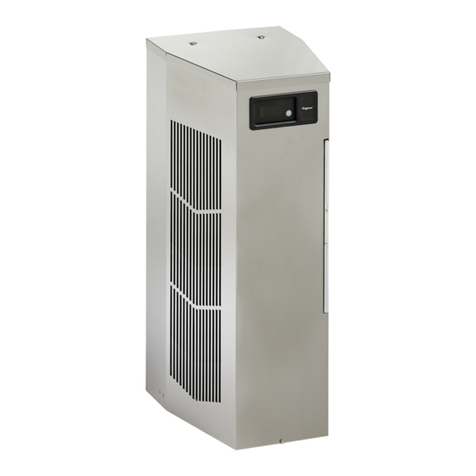
© 2018 nVent 89104461
- 2 - © 2018 nVent
89104461 - 3 -
WARRANTY AND RETURN POLICY
https://hoffman.nvent.com/en/hoffman/warranty-information
TABLE OF CONTENTS
Warranty and Return Policy.............................................................................................................................................................2
RECEIVING THE AIR CONDITIONER...............................................................................................................................................3
HANDLING AND TESTING THE AIR CONDITIONER......................................................................................................................3
INSTALLATION INSTRUCTIONS .....................................................................................................................................................4
SYSTEM CONTROLS........................................................................................................................................................................4
Level I Temperature Controller ......................................................................................................................................................................4
Level II and III Temperature Controller ..........................................................................................................................................................4
TECHNICAL INFORMATION............................................................................................................................................................5
DESIGN DATA..................................................................................................................................................................................................5
DIMENSION DRAWING...................................................................................................................................................................................5
CR29 Models 2700-4000 BTU/Hr. (791-1172 Watt) ............................................................................................................................5
Mounting Gasket Kit.......................................................................................................................................................................................6
Design Notes...........................................................................................................................................................................................6
Mounting Cutout Dimensions........................................................................................................................................................................6
Components List ............................................................................................................................................................................................7
Parts List .........................................................................................................................................................................................................7
Wire Diagrams and schematics ....................................................................................................................................................................8
Wire Diagram, Level 1, 2000 BTU ..........................................................................................................................................................8
Schematic, Level 1, 2000 BTU ...............................................................................................................................................................8
Wire Diagram, 115V, Level 1, 4000 BTU ................................................................................................................................................9
Schematic, 115V, Level 1, 4000 BTU .....................................................................................................................................................9
Wire Diagram, 230V, Level 1, 4000 BTU ..............................................................................................................................................10
Schematic, 230V, Level 1, 4000 BTU ...................................................................................................................................................10
Wire Diagram, Level II and III, 2000 BTU .............................................................................................................................................11
Schematic, Level II and III, 2000 BTU..................................................................................................................................................12
Wire Diagram, 115 VLevel II and III, 4000 BTU ...................................................................................................................................13
Schematic, 115 V Level II and III, 4000 BTU .......................................................................................................................................13
Wire Diagram, 230 V Level II and III, 4000 BTU ..................................................................................................................................14
Schematic, 230 V Level II and III, 4000 BTU .......................................................................................................................................14
TEMPERATURE CONTROL........................................................................................................................................................... 15
PRINCIPLES OF OPERATION ....................................................................................................................................................... 15
MAINTENANCE............................................................................................................................................................................. 15
Compressor...................................................................................................................................................................................................15
Inlet Air Filter .................................................................................................................................................................................................15
How To Remove, Clean or Install a New Inlet Air Filter .............................................................................................................................16
Condenser and Evaporator Air Movers.......................................................................................................................................................16
Refrigerant Loss............................................................................................................................................................................................16
TROUBLE SHOOTING ................................................................................................................................................................... 18
Basic Air Conditioning Trouble Shooting Check List.................................................................................................................................18
Symptoms and Possible Causes:................................................................................................................................................................19
